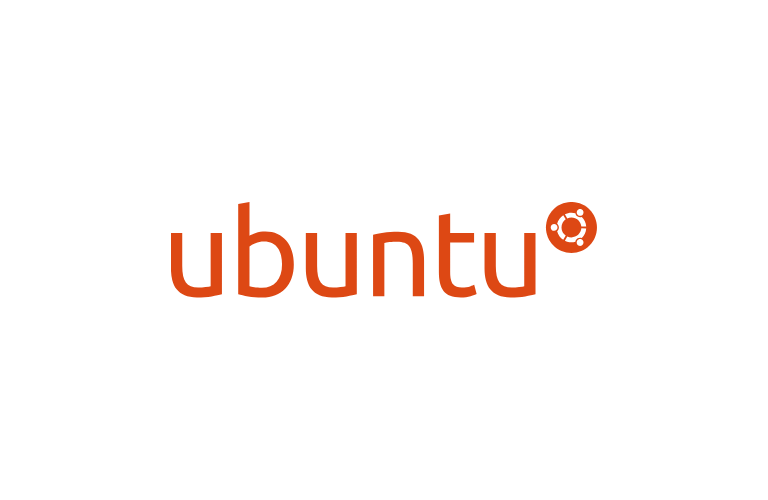If you’ve ever installed software on Ubuntu, you’ve likely encountered Snap and Flatpak. This article is on Snap vs Flatpak. These modern packaging systems promise hassle-free app deployment, but how do they differ? Which one should you use? Let’s break down their strengths, weaknesses, and ideal use cases—so you can make informed decisions for your workflow.
Why Package Managers Matter in Linux
Linux systems rely on package managers to install, update, and remove software. Traditional tools like APT (Advanced Package Tool) handle .deb packages, which are tightly integrated with Ubuntu. However, Snap and Flatpak take a different approach:
- Self-contained apps: Apps bundle their dependencies, reducing conflicts.
- Cross-distro support: One package works across multiple Linux distributions.
- Sandboxed security: Apps run in isolated environments for better safety.
Let’s explore how Snap and Flatpak simplify app deployment and where they shine.
What Is Ubuntu Snap?
Snap is a packaging system developed by Canonical (Ubuntu’s parent company). Snaps are designed to work seamlessly on Ubuntu and other Linux distributions.
Key Features of Snap
- Automatic updates: Apps update silently in the background.
- Strict sandboxing: Apps can’t access system resources without permission.
- Ubuntu-first integration: Optimized for Ubuntu’s ecosystem.
Pros of Snap Packages
✅ Seamless Ubuntu experience: Preinstalled on Ubuntu, no setup needed.
✅ Enhanced security: Isolated apps reduce malware risks.
✅ Reliable updates: No manual effort required.
Cons of Snap Packages
❌ Slower startup: Sandboxing can delay app launches.
❌ Limited customization: Some apps lack system theme integration.
❌ Storage-heavy: Bundled dependencies increase app size.
Example: Installing Blender via Snap ensures you always have the latest version, but it might take longer to start compared to a traditional install.
What Is Flatpak?
Flatpak is a universal packaging system that works across Linux distributions. Apps are hosted on Flathub, a community-driven repository.
Key Features of Flatpak
- Cross-platform compatibility: Runs on Ubuntu, Fedora, Arch, and more.
- User-controlled updates: Update manually or via third-party tools.
- Flexible permissions: Customize app access to files or hardware.
Pros of Flatpak Packages
✅ Wider app selection: More niche and developer-focused tools.
✅ Theming support: Apps blend better with your desktop’s look.
✅ Lightweight updates: Only download changed components.
Cons of Flatpak Packages
❌ Manual updates: No built-in auto-update feature.
❌ Complex permissions: Some apps need tweaking to access peripherals.
❌ Slightly larger size: Still bulkier than native packages.
Example: Using OBS Studio via Flatpak ensures compatibility across Linux distros but requires manual updates.
Snap vs Flatpak: Head-to-Head Comparison
| Factor | Snap | Flatpak |
| Developer | Canonical (Ubuntu) | Community-driven |
| Update Style | Automatic | Manual |
| App Availability | Moderate | Extensive |
| Performance | Slower startup | Faster than Snap |
| Customization | Limited | High (themes, permissions) |
When to Use Snap vs Flatpak
Choose Snap If…
- You prioritize hands-off maintenance (e.g., for non-technical users).
- You want deep Ubuntu integration (e.g., for preinstalled apps).
- Security is a top concern (e.g., banking or privacy-focused apps).
Choose Flatpak If…
- You need cross-distro compatibility (e.g., sharing setups with Fedora users).
- You prefer control over updates (e.g., avoiding untested versions).
- You use themed desktops and want apps to match visually.
Stick with APT (Debian Packages) If…
- Performance is critical (e.g., gaming, video editing).
- You need the smallest app size possible.
- You’re using older hardware.
How to Get Started
Installing Snap on Ubuntu
Snap is preinstalled. To find apps, use:
snap find [app-name]Installing Flatpak on Ubuntu
1. Enable Flatpak:
sudo apt install flatpak
flatpak remote-add --if-not-exists flathub https://flathub.org/repo/flathub.flatpakrepo 2. Browse apps on Flathub.
Final Thoughts
Both Snap and Flatpak solve dependency headaches and enhance security, but they cater to different needs. Snap is ideal for Ubuntu-centric users who value automation, while Flatpak offers flexibility for multi-distro environments. For peak performance, native DEB packages still reign supreme.
Pro Tip: Mix and match! Use Snap/Flatpak for apps that need isolation and APT for system-level tools.
FAQs
1. What is the main difference between Snap and Flatpak?
Snap is developed by Canonical and is tightly integrated with Ubuntu, offering automatic updates and strict sandboxing. Flatpak, on the other hand, is community-driven, provides more customization options, and is designed to work across multiple Linux distributions.
2. Which one should I use: Snap or Flatpak?
Use Snap if you want a hands-off experience with automatic updates and deep Ubuntu integration. Choose Flatpak if you need cross-distro compatibility, prefer manual updates, or want better theming support for your desktop.
3. Are Snap and Flatpak more secure than traditional package managers like APT?
Yes, both Snap and Flatpak offer enhanced security through sandboxing, which isolates apps from the rest of the system. This reduces the risk of malware or apps interfering with your system. However, traditional APT packages are still secure and may be preferred for performance-critical tasks.
4. Do Snap and Flatpak apps take up more storage space than traditional packages?
Yes, both Snap and Flatpak packages tend to be larger because they bundle their dependencies. This can lead to increased storage usage compared to traditional APT packages, which share dependencies across multiple apps.
5. Can I use both Snap and Flatpak on the same system?
Absolutely! You can use both Snap and Flatpak on the same system. Many users mix and match, using Snap or Flatpak for apps that benefit from isolation and APT for system-level tools or performance-critical applications.




